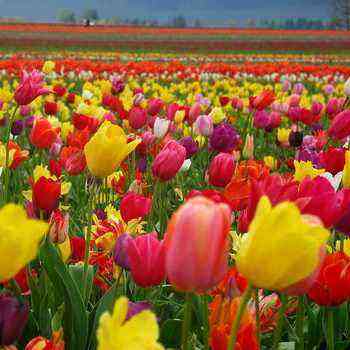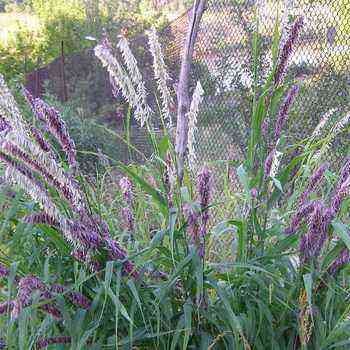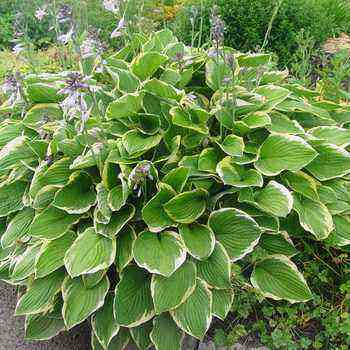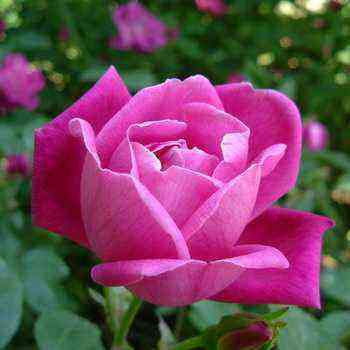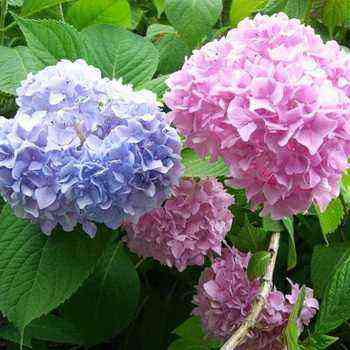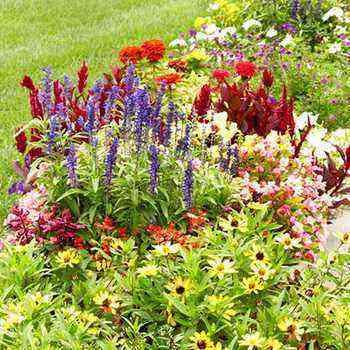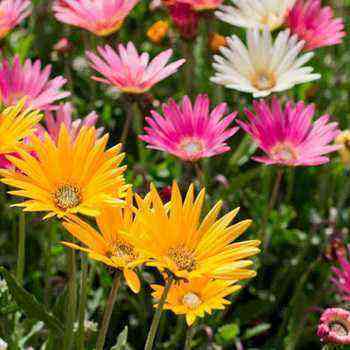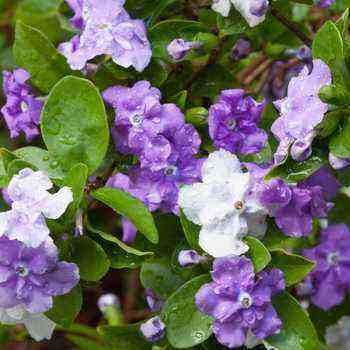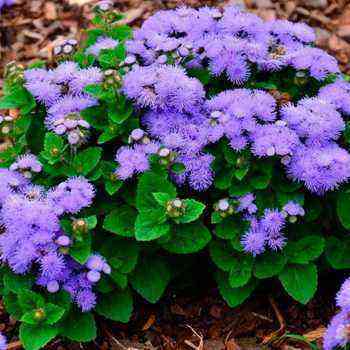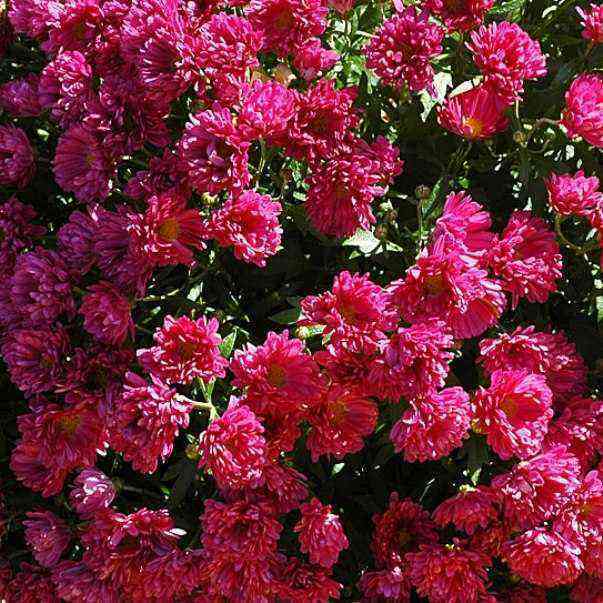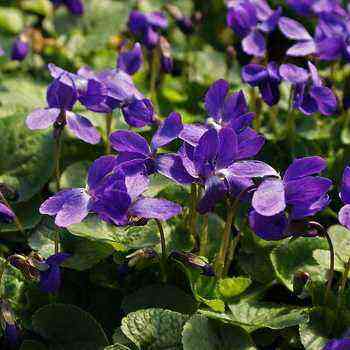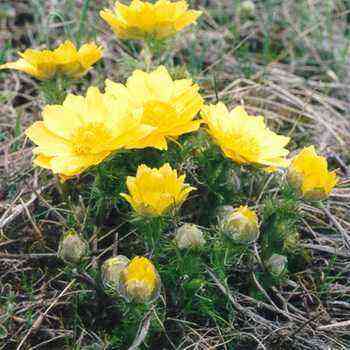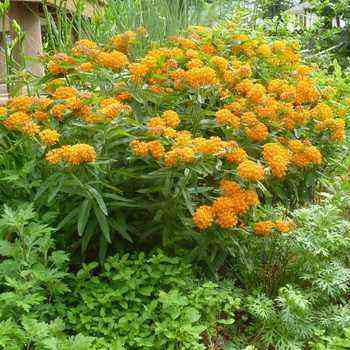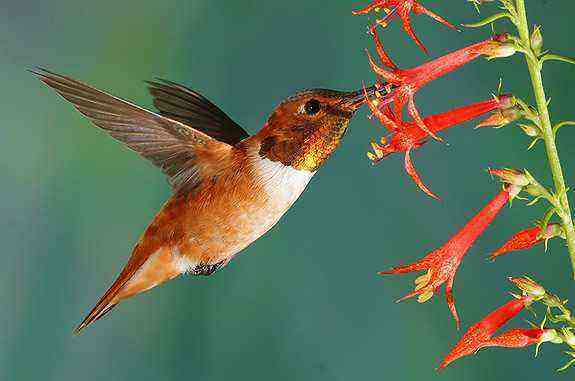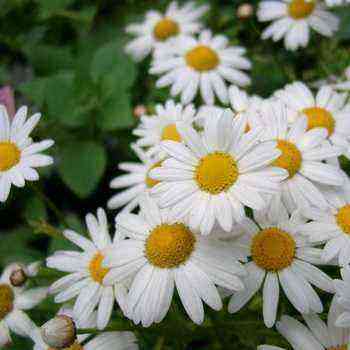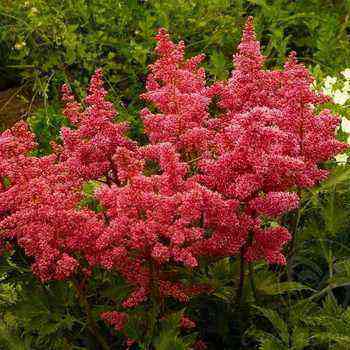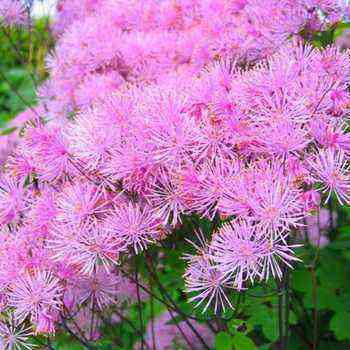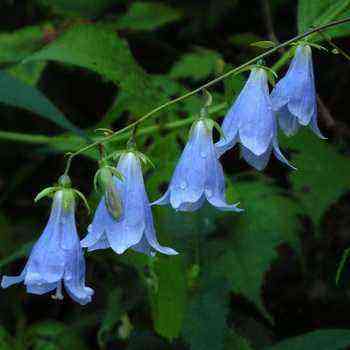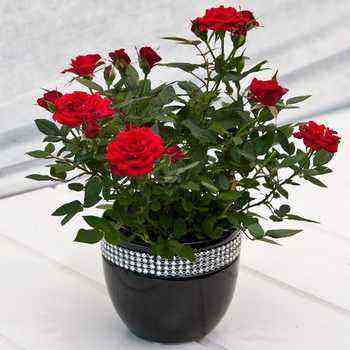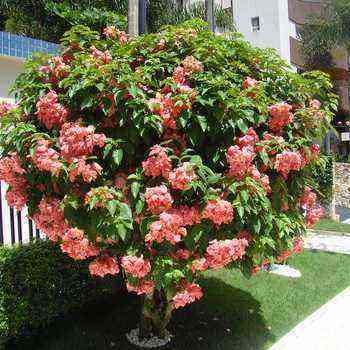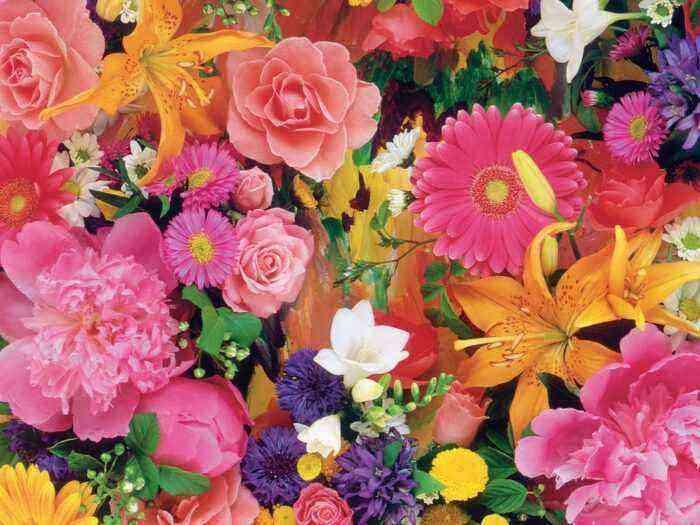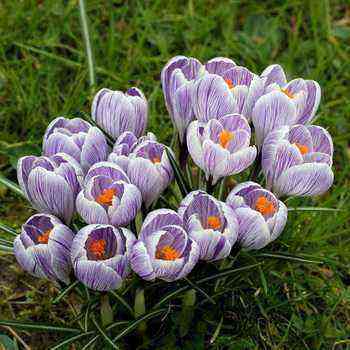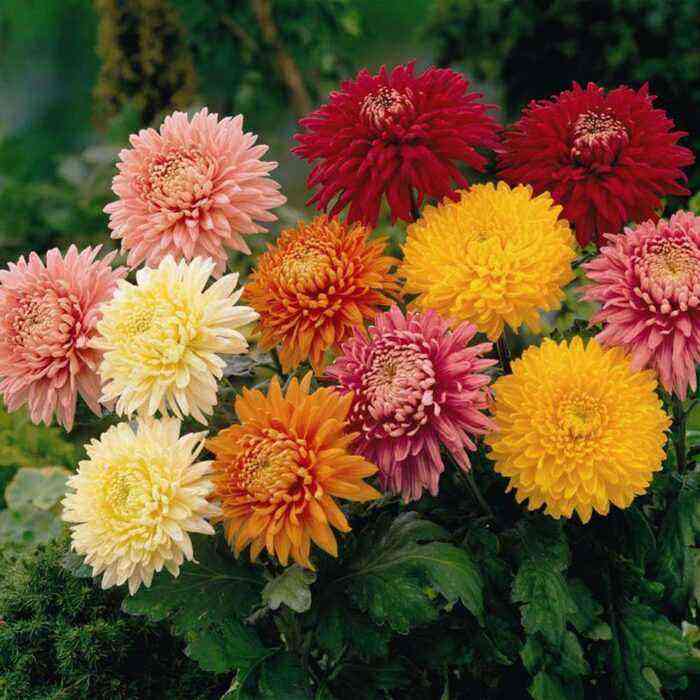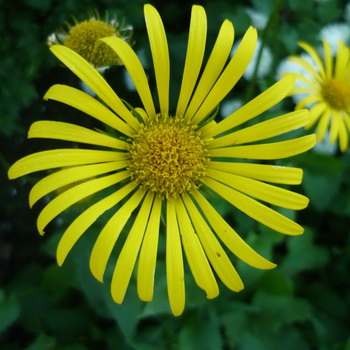 All types of doronicum flower have a yellow color of various shades and dense dark green foliage. They are somewhat similar to daisies and non-double chrysanthemums, ideal for group plantings, creating bright, sunny islands in the flower bed. In the middle lane, the most common cultivation is the Caucasian doronicum, tall, Klusy and heart-shaped.
All types of doronicum flower have a yellow color of various shades and dense dark green foliage. They are somewhat similar to daisies and non-double chrysanthemums, ideal for group plantings, creating bright, sunny islands in the flower bed. In the middle lane, the most common cultivation is the Caucasian doronicum, tall, Klusy and heart-shaped.
Doronicum Caucasian, tall, Clusy and cordate
A perennial relatively tall plant – up to 50 cm in height, belongs to the Asteraceae family. The flower stem is leafless, the leaves are only in the root rosette. The root system is voluminous, the roots are fleshy. Flower baskets are large, up to 8cm in diameter, with radiant yellow reed flowers. In doronicum, about 40 species are known, and only a few are used in culture.
Doronicum Caucasian. Plant height 40-50 cm, blooms in May, yellow inflorescences.
Look at the photo – the doronicum flower of this species is very reminiscent of the daisy chamomile:


Doronicum tall – a plant up to 80 cm in height. Blooms a week later than Caucasian.
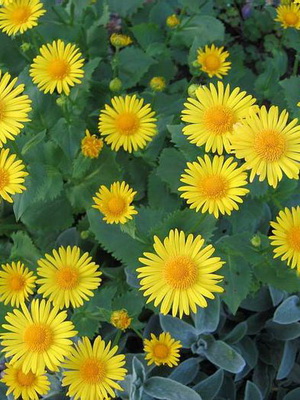
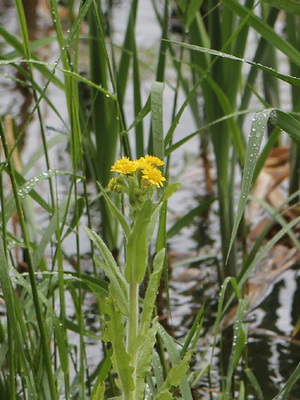
Doronicum Klusi grows on damp rocky hills, near ponds and garden pools. Reaches a height of about 40 cm. It has one yellow basket on the peduncle, the diameter of which is up to 6 cm. The wrapper consists of pubescent leaves. The lower leaves are preserved during the flowering period; they are heart-shaped. Blooms in July-August. More often it propagates by dividing the bushes, less often it is grown from seeds. Planting and caring for this doronicum flower is practiced in rock gardens in large group plantings, it is decorative and as a single plant, planted in front of tall grasses and next to water pools.
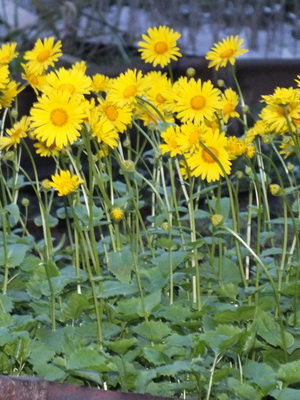

Doronicum cordate. Reaches a height of 30-70 cm. The lower leaves are usually one pair – ovoid-cordate, collected in a rosette; during the flowering period are preserved. There are 5-8 stem leaves. The golden yellow flower is about 4-6 cm in diameter.
Planting and caring for the doronicum flower in the open field
Grows in deep, permeable and moist garden soil. Hardy enough. It develops in partial shade, not on the southern side of the rock garden. Propagated by dividing bushes, usually in spring. Due to the fact that this is a tall species, it is used in rock gardens in single plantings. Can also be used for cut.
Propagated mainly by dividing the bush, although it can also be seeds. It is better to divide in spring, seating 15 cm from each other. The peculiarity of the doronicum is also in the fact that already in July, the roots begin to stick out to the surface of the earth. They should be covered with loose soil, being careful not to damage them.
The general rule for planting and caring for dronicums in the open field is moderation in the technology of their cultivation. Namely – on the one hand, unpretentiousness to soils, on the other – the manifestation of high decorative qualities only on nutritious, moist, loose soils. Moreover, there is a special need for organic fertilizers. In this regard, spring mullein feeding is recommended. When planting, it is good to add humus and wood ash for each square meter of area.
They are moisture-loving, and at the same time, young seedlings do not tolerate waterlogging. They are sun-loving and demanding of light, but bloom longer with light shading. Hardy, but with harsh and snowless winters require light shelter. In the spring, the shelter should be removed as early as possible to avoid damping out.
Look at a photo of planting and caring for a dronicum on a personal plot:
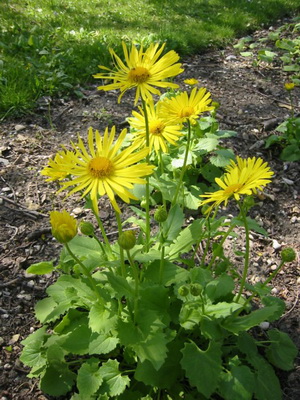
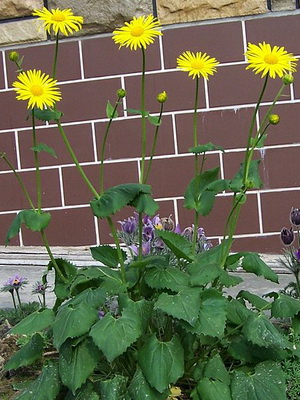
Doronicum is widely used for bouquets. Flowers are cut in half-release. It is also good in flower beds in combination with irises, daffodils, aquilegia, primrose, as well as on alpine slides. They are planted in the background, as the plants quickly lose their decorative effect after flowering.

